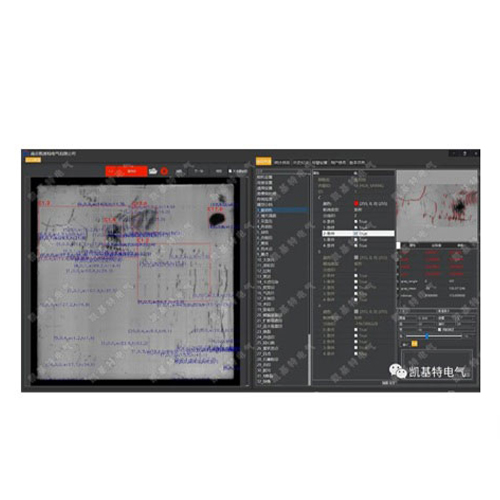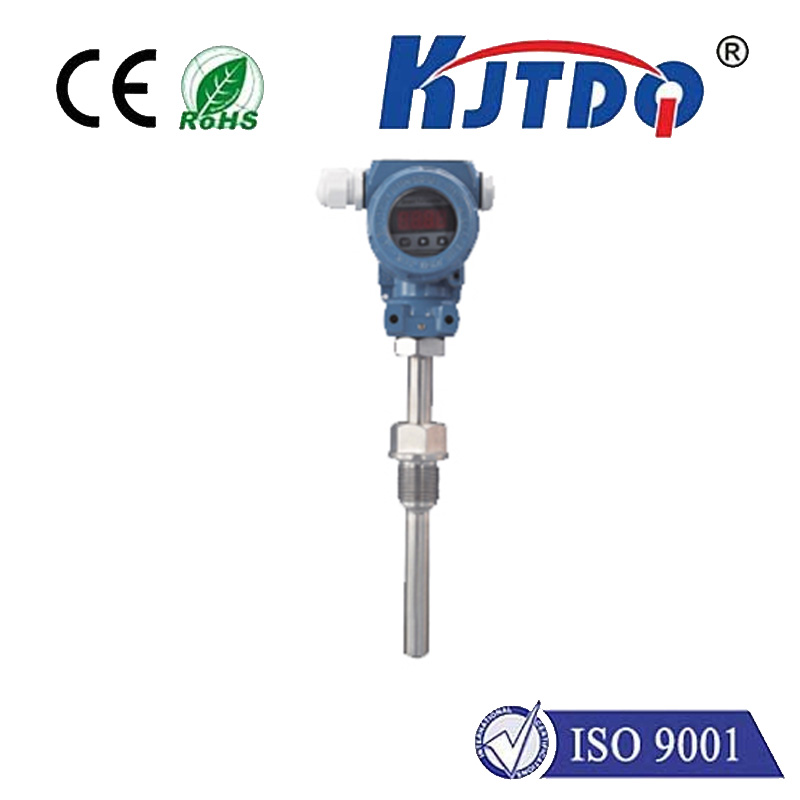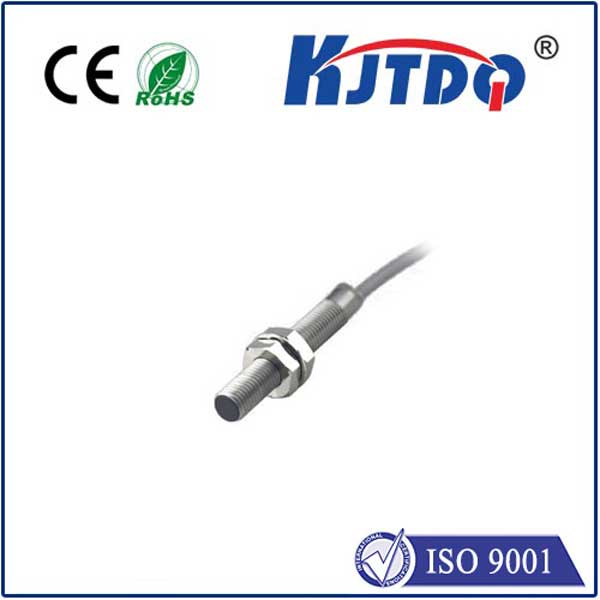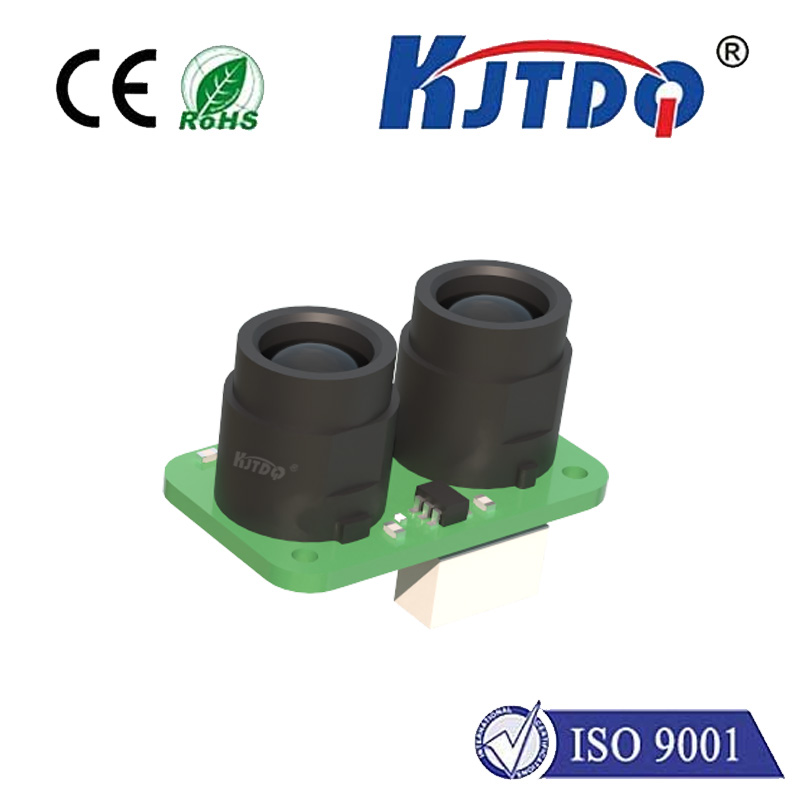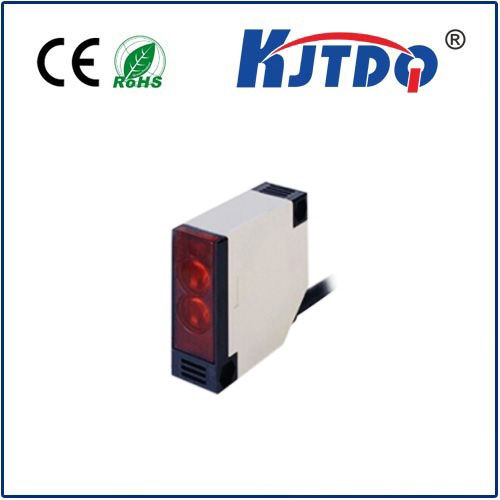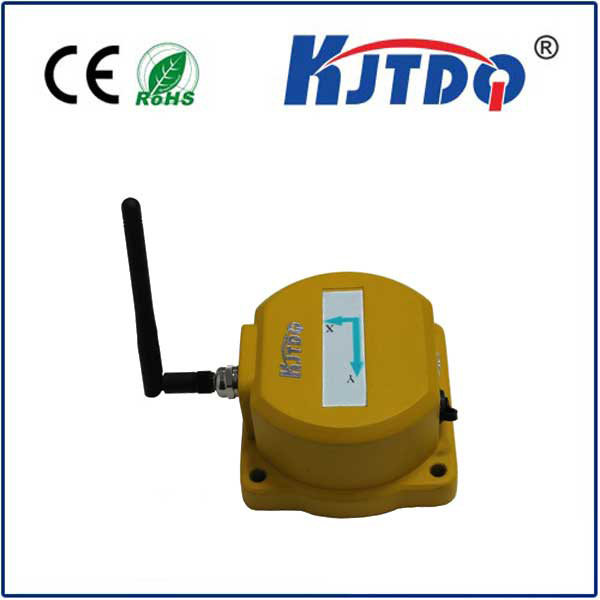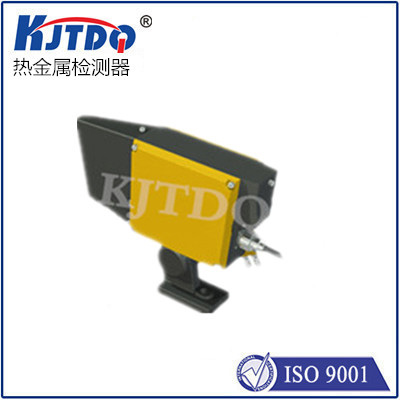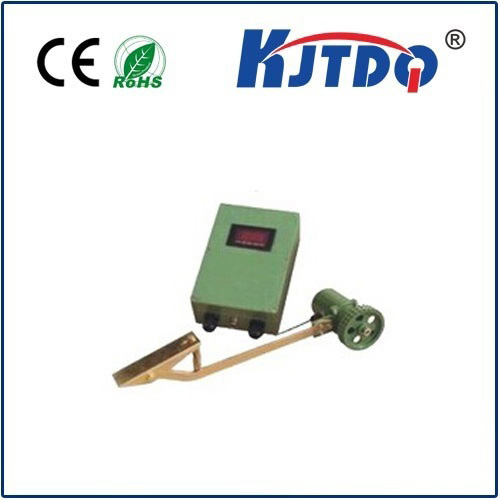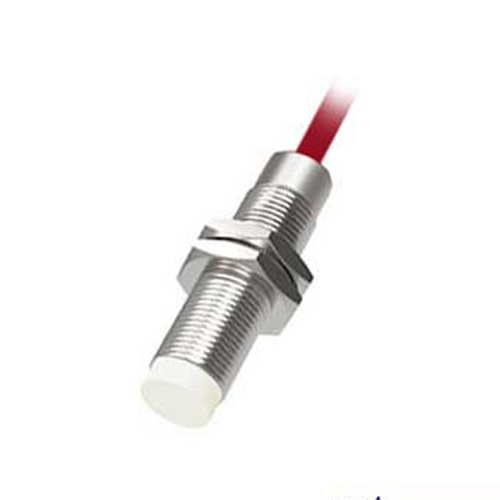Датчик луча фотоэлемента
- time:2025-07-26 00:20:33
- Нажмите:0
Photocell Beam Sensors: The Invisible Guardians of Perimeter Security
In a world increasingly focused on safety, creating robust barriers against intrusion is paramount. While locks, alarms, and cameras often take the spotlight, a silent and vigilant technology frequently forms the critical first line of defense: the Датчик луча фотоэлемента. These unassuming devices, known technically as photoelectric beam sensors or infrared beam detectors, create an invisible tripwire of light, acting as tireless sentinels for property boundaries, sensitive areas, and valuable assets. Understanding how they work and where they excel reveals why they remain a cornerstone of modern intrusion detection systems.
Beyond the Beam: How Photocell Sensors Keep Watch
At its core, the operating principle of a Датчик луча фотоэлемента is elegantly simple, yet highly effective. The system comprises two primary units:
- Transmitter Unit: This component houses an infrared (IR) light source, typically an LED, which emits a focused, invisible beam of light.
- Receiver Unit: Positioned directly opposite the transmitter, the receiver contains a highly sensitive photodetector (the “photocell”). Its sole task is to constantly monitor the incoming IR beam signal.
The magic—and security—happens when this beam path is interrupted. Anything (a person, vehicle, or large object) passing between the transmitter and receiver blocks the infrared light from reaching the photodetector. This interruption is an immediate and unambiguous event for the receiver. It instantly translates this loss of signal into an electrical output, triggering an alarm or alert signal within the connected security system.
Why Choose the Beam? Defining Advantages

Photocell beam sensors offer several distinct benefits that make them indispensable for perimeter protection and other security applications:
- Wide Coverage Area: A single pair of units can safeguard long, linear stretches—think driveways, fences, warehouse perimeters, or gates—significantly more efficiently than deploying multiple point sensors. Ranges can easily extend from tens to hundreds of meters.
- Instantaneous Detection: The detection event is near-instantaneous. The moment the beam is broken, the alarm signal is generated, providing minimal reaction time for intruders.
- Virtually Tamper-Proof Design: Advanced systems utilize pulsed or modulated IR codes. This means the receiver isn’t just looking for any IR light; it’s looking for a specific, rapidly changing pattern. This sophisticated approach effectively thwarts attempts to fool the system using external IR sources or simply flooding the receiver with constant light.
- Reduced False Alarms: Compared to motion sensors, beam sensors are generally less susceptible to false triggers caused by small animals, blowing debris within the protected area, or environmental factors like changes in light (since they use invisible IR). Their focused beam path minimizes unintended activations.
- Clear Line-of-Sight Requirement: While this necessitates careful installation planning, the need for a clear path also defines the protected zone with precision, avoiding the ambiguity sometimes found with volumetric detectors.
Weathering the Storm: Design and Durability
Given their typical outdoor deployment, modern infrared beam detectors are engineered for resilience. Key features include:
- Robust Enclosures: Units are housed in tough, weatherproof (IP65 or higher rated) casings resistant to dust, rain, snow, and UV degradation.
- Anti-Fogging Optics: Lenses are treated or designed to prevent internal fogging due to temperature fluctuations and humidity, ensuring reliable light transmission.
- Temperature Compensation: Circuits are designed to maintain stable operation across a wide range of environmental temperatures, from freezing winters to scorching summers.
- Vibration Resistance: Mounting hardware and internal components are secured to withstand wind-induced vibration and minor impacts.
Beyond the Perimeter: Versatile Applications
While perimeter security is their primary domain, the utility of photoelectric beam sensors extends further:
- Automatic Door Safety: Preventing doors (like garage doors or industrial access points) from closing when an object or person is in the path.
- Industrial Machinery Guarding: Creating safety light curtains around hazardous machinery to immediately halt operation if a worker’s limb enters a danger zone.
- Traffic Control & Counting: Detecting vehicles at entry/exit points, toll booths, or for basic traffic flow monitoring.
- Conveyor Belt Object Detection: Signaling the presence or absence of items on a production line.
- Critical Area Protection: Safeguarding specific zones inside a building, like server rooms or vault entrances, with an invisible interior barrier.
Installation: Precision is Key
Maximizing the effectiveness of a photocell beam sensor system hinges on meticulous installation:
- Stable Mounting: Both transmitter and receiver must be firmly secured to immovable structures (walls, poles, dedicated posts) to prevent misalignment caused by wind or vibration.
- Perfect Alignment: Initial setup requires precise alignment of the transmitter beam onto the receiver’s sensor. Most high-quality units feature visual (like an LED indicator) or audible aids to confirm optimal alignment (“beam lock”).
- Clear Line of Sight: Absolutely critical. Any vegetation, accumulated debris, structures, or even heavy snowfall obstructing the beam path will cause false alarms or render the system inoperative. Regular maintenance checks for obstructions are essential.
- Avoid Reflective Surfaces: Position units so the beam doesn’t inadvertently reflect off nearby shiny surfaces (glass, metal) back into the receiver, potentially masking a genuine break.
- Consider “Walk Testing”: After installation, physically test the beam at various points along its length to ensure consistent detection.
The Unwavering Sentinel
Photocell beam sensors embody a powerful concept: an invisible barrier providing robust, reliable, and immediate detection. Their ability to secure long perimeters efficiently, combined with inherent tamper resistance and durability, makes them a foundational technology in comprehensive security strategies. From safeguarding vast industrial complexes to protecting residential property lines, these silent, beam-based guardians offer a proven and effective layer of defense, deterring intrusion and providing invaluable peace of mind. When an invisible yet impenetrable barrier is needed, the photoelectric beam sensor stands as a time-tested solution.

